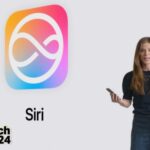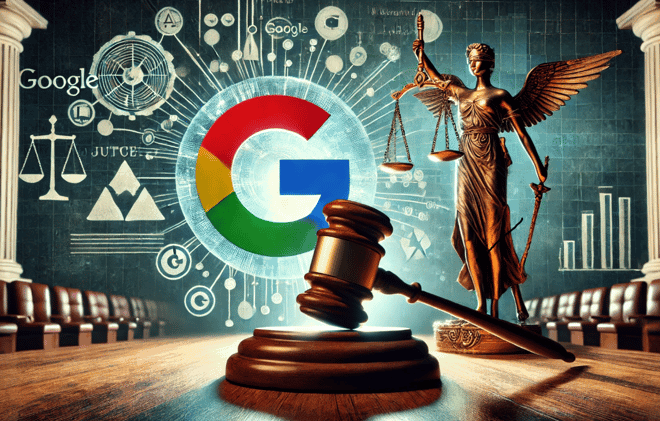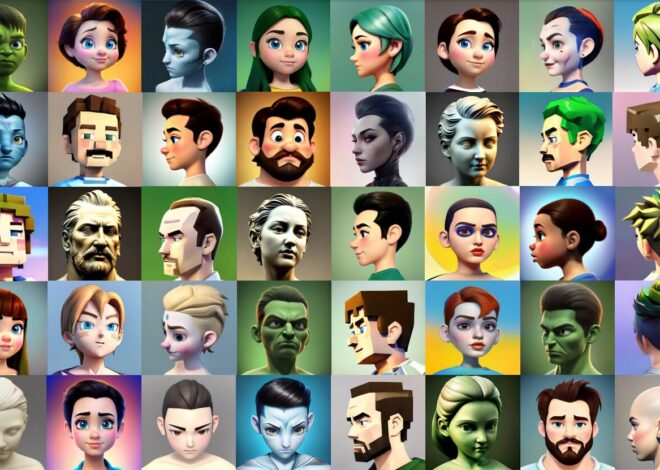
How AI-Generated Content is Revolutionizing the Education System
Imagine walking into a classroom where the teacher is an AI-powered Large Language Model (LLM) and the lesson plans are chock-full of engaging, AI-generated content. Sounds like something straight out of a sci-fi movie, right? Well, it’s closer to reality than you might think.
The Rise of Large Language Models
Large Language Models have made impressive strides in natural language processing tasks like conversational querying, sentiment analysis, and question answering. They’ve even been known to outperform human experts in certain cases! Crazy, right? But that’s not all – these models can generate contextually rich dialogues and demonstrate logical deduction skills, making them perfect candidates for spicing up classroom teaching.
The Challenges of Classroom Teaching
Teachers face a myriad of challenges in the classroom. Sometimes the teaching plan has to be revised on the fly due to unforeseen events, and we all know the struggle of dealing with technical malfunctions. Trust me, I’ve been there – nothing quite like your laptop dying in the middle of an important presentation! On top of all that, new teachers might find it tough to develop an effective dialogue plan without access to a wealth of teaching resources.
The Potential of AI-Generated Content
But fear not, my friends, because AI is here to save the day. The perspective paper proposes that advanced AI models can play a crucial role in addressing these challenges and improving the overall quality of dialogue. By integrating LLMs and AIGC into classroom teaching, we can tackle issues like auto-completion, style transfer, and even dialogue assessment. How cool is that?
Practical Applications
So, what does this all mean in practical terms? Well, imagine being able to generate new lesson plans in record time, or helping teachers deal with unexpected events without breaking a sweat. With AI-generated content, the possibilities are endless.
Generating New Lesson Plans
Imagine having an AI assistant that can generate new lesson plans for you, saving you hours of planning and preparation time. No more tedious researching and outlining – just let the AI do it for you!
Auto-Completion of Teacher-Student Dialogues
AI-generated content can auto-complete teacher-student dialogues, ensuring a seamless and engaging learning experience for students.
Expert Teaching Knowledge and Style Transfer
By mimicking expert teaching dialogues and transferring their knowledge and style to a wide range of subjects, AI models can provide valuable insights and expertise to teachers, making education more inclusive and personalized.
Fine-Tuning AI Models with Teaching Databases
The paper also explores the possibilities of fine-tuning AI models using specialized teaching databases and human feedback. Through techniques like supervised ranking loss and reinforcement learning from human feedback, AI models can be refined to generate more accurate and relevant content for the classroom.
Assessment of AI-Generated Content
The research paper proposes a comprehensive evaluation framework to ensure that AI-generated content is of the highest quality. This includes:
- Human-feedback evaluation: Evaluating the effectiveness of AI-generated content through human feedback.
- Evaluation by language models: Using language models to evaluate the coherence, relevance, and engagement of AI-generated content.
- Evaluation by external language models: Employing external language models to provide an objective assessment of AI-generated content.
Conclusion
As I wrap up my exploration of this groundbreaking research paper, I can’t help but feel optimistic about the future of education. With AI-generated content, we can revolutionize the way we teach and learn, making education more dynamic, personalized, and engaging for all.
Key Findings
- Teacher-Student Dialogue Auto-Completion: AI-generated content can auto-complete teacher-student dialogues, ensuring a seamless and engaging learning experience.
- Expert Teaching Knowledge and Style Transfer: AI models can provide valuable insights and expertise to teachers by mimicking expert teaching dialogues and transferring their knowledge and style.
- Fine-Tuning AI Models with Teaching Databases: AI models can be refined to generate more accurate and relevant content for the classroom using specialized teaching databases and human feedback.
Recommendations
Based on the findings of this research paper, I recommend that educators, policymakers, and researchers work together to:
- Develop and refine AI-generated content tools: Collaborate with developers to create user-friendly and effective AI-generated content tools for teachers.
- Implement evaluation frameworks: Establish comprehensive evaluation frameworks to ensure that AI-generated content meets high standards of quality and effectiveness.
- Provide training and support: Offer training and support programs to help educators integrate AI-generated content into their teaching practices.
Future Directions
The potential of AI-generated content in education is vast, and there are many areas for future research:
- Developing more sophisticated AI models: Enhance the capabilities of AI models to generate more accurate, relevant, and engaging content.
- Expanding the range of applications: Explore new applications of AI-generated content beyond teacher-student dialogues, such as student assessments and feedback.
- Addressing equity and accessibility concerns: Investigate ways to ensure that AI-generated content is accessible and beneficial for all students, regardless of their backgrounds or abilities.
As we embark on this exciting journey into the future of education, one thing is clear: AI-generated content has the potential to revolutionize the way we teach and learn.













